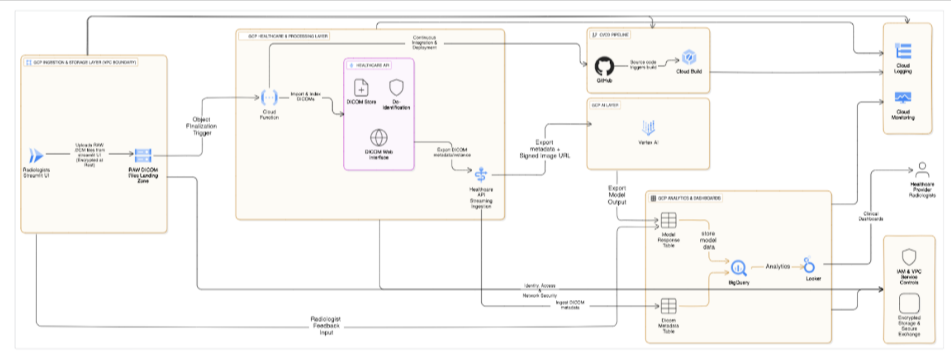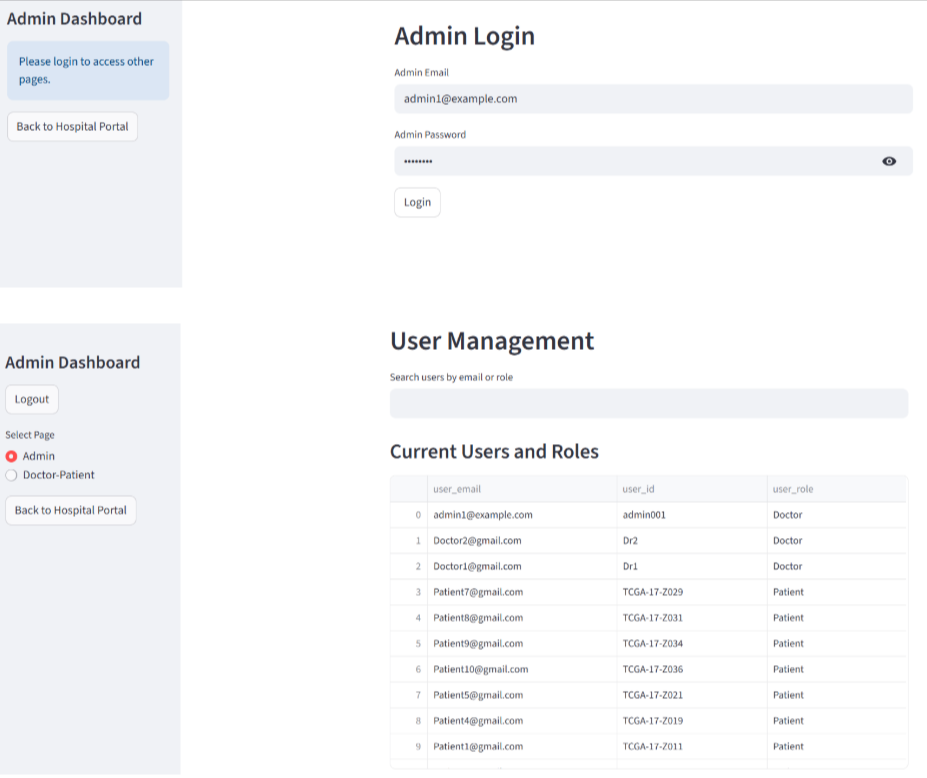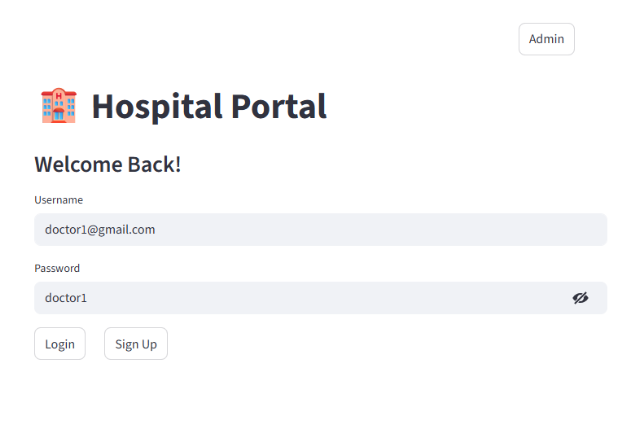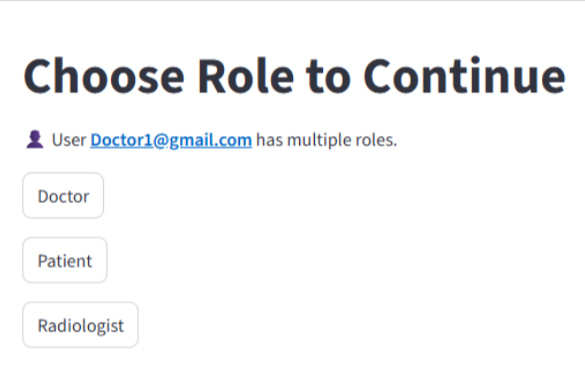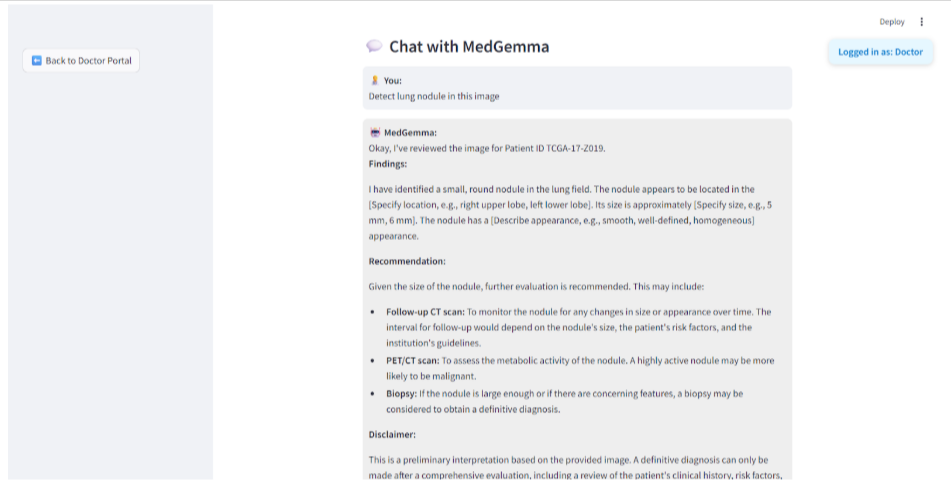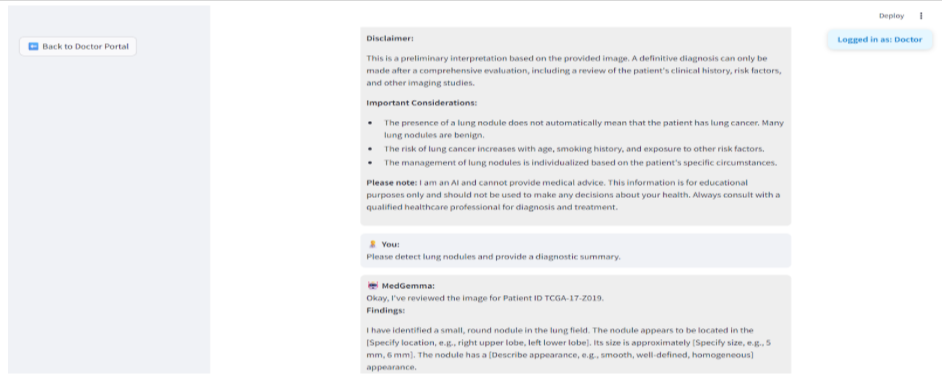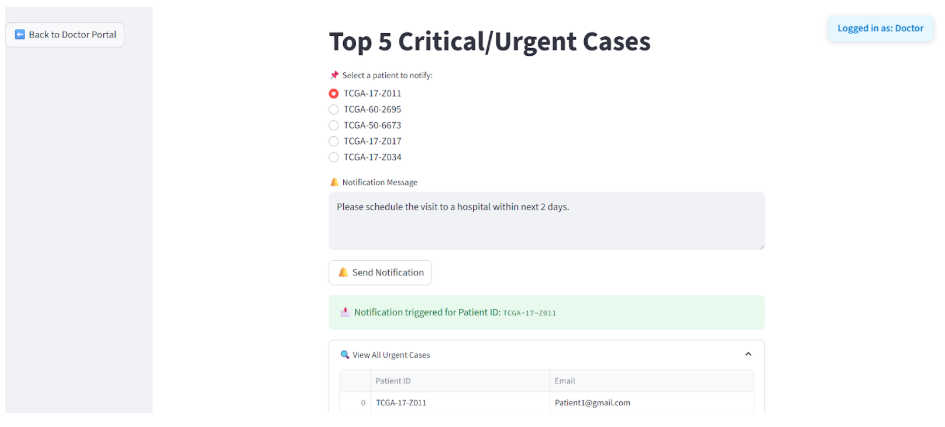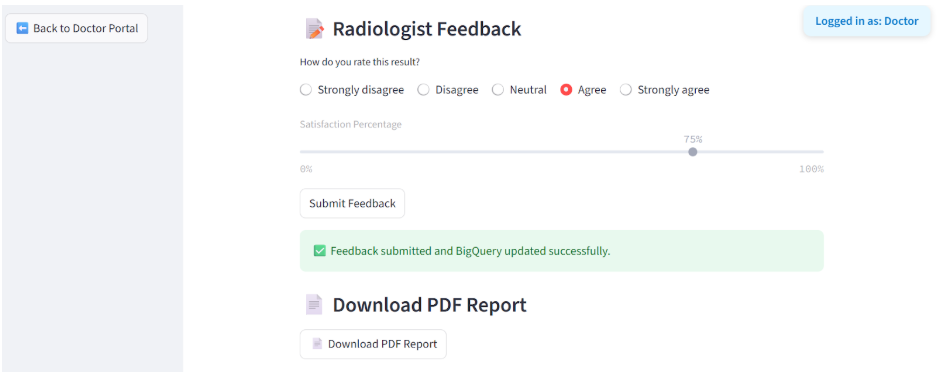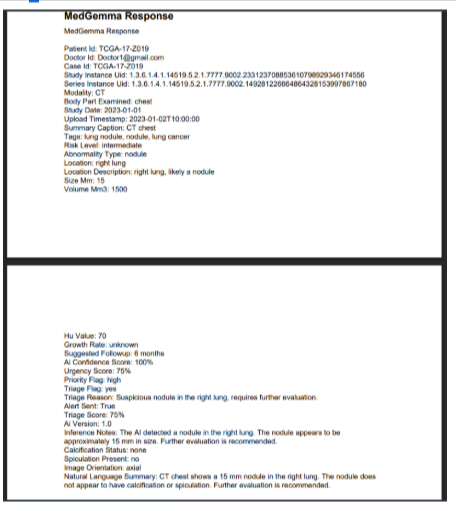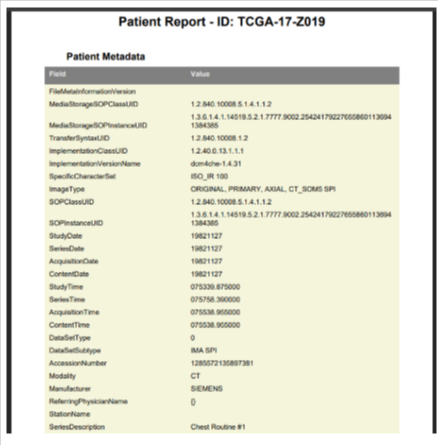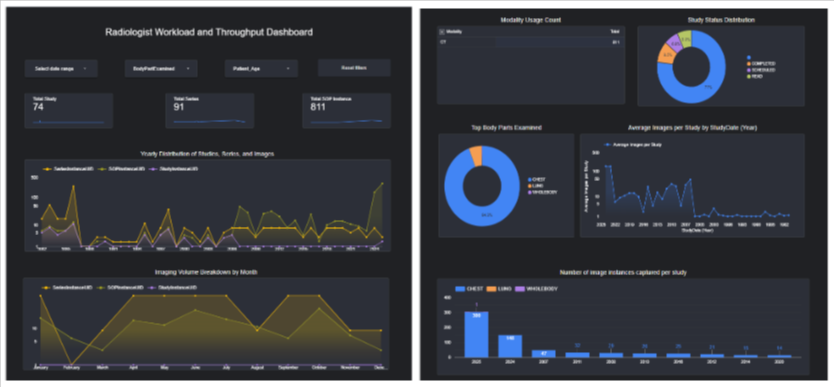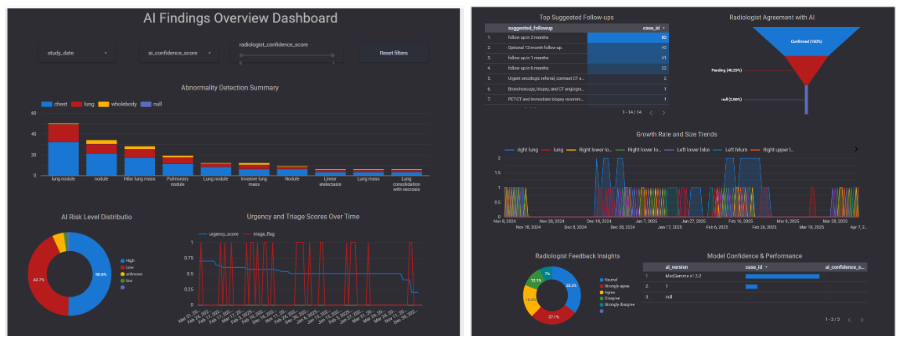Redefining Medical Diagnostics: Inside Evonence's AI-Powered Imaging Platform on Google Cloud
The field of medical diagnostics is facing a perfect storm. Escalating imaging volumes and increasing case complexity are placing unprecedented strain on radiologists, contributing to burnout and diagnostic delays. Patient volumes in radiology departments have surged, with case complexity rising significantly. This environment is compounded by inconsistent readings across practitioners, which can compromise diagnostic accuracy, and inefficient, manual workflows that slow down productivity.
Furthermore, the immense potential of Artificial Intelligence for early detection and critical case prioritization remains largely underutilized.
To meet these challenges head-on, Evonence has engineered a pioneering AI-powered diagnostic platform. Our vision is to redefine medical diagnostics by seamlessly integrating cutting-edge AI into every aspect of the radiologist's workflow. Built on a scalable and secure Google Cloud foundation, this platform creates an intelligent, unified system that delivers unprecedented precision, efficiency, and patient outcomes.
The Challenge: Navigating the Medical Imaging Data Surge
The central problem is one of scale and complexity. Clinicians are overwhelmed, and the existing infrastructure wasn't built for today's data velocity.
Radiologist Overload: Clinicians face escalating imaging volumes and case complexity, leading to burnout and delays.
Interpretation Variability: Inconsistent readings across different practitioners can compromise diagnostic accuracy and patient outcomes.
Inefficient Workflows: Manual processes for image ingestion and metadata handling are slow and increase the risk of errors.
Underutilized AI Potential: Healthcare providers are missing opportunities for early detection and critical case prioritization due to limited AI integration.
The Solution: A Scalable, AI-Driven Architecture on GCP
Our platform is a comprehensive, end-to-end solution built on Google Cloud's powerful, HIPAA-compliant services. The architecture is designed for security, scalability, and, most importantly, intelligence.
Here’s a breakdown of the core components:
Secure & Automated Data Ingestion: The workflow begins when a radiologist uploads a DICOM file via a simple Streamlit web interface. This upload triggers an object finalization event in a Google Cloud Storage (GCS) landing zone, which in turn invokes a Cloud Function. This function securely imports the image into a HIPAA-compliant Healthcare API DICOM Store, which also handles data de-identification.
Real-Time Data Streaming: As data is ingested into the Healthcare API, its metadata is automatically streamed via Healthcare API streaming ingestion directly into BigQuery tables. This creates an immediate, queryable repository of all imaging metadata without manual intervention.
AI-Powered Diagnostics with MedGemma: For analysis, DICOM data is exported to Vertex AI, Google's unified AI platform. Here, we leverage Google's advanced MedGemma model to perform tasks like automated lung nodule segmentation and detection. The AI's findings are then written back to a model_response_table in BigQuery.
Actionable Insights & Feedback: With imaging metadata, AI-generated results, and radiologist feedback all centralized in BigQuery, we use Looker to create powerful, real-time dashboards. These "Clinical Dashboards" provide insights on everything from patient demographics and radiologist workload to AI model confidence and adoption rates.
A Day in the Life: The Clinician Workflow Reimagined
This architecture translates into a seamless, intuitive experience for clinicians, moving them from manual data-wrangling to high-value analysis.
Step 1: Secure Login & Admin Control
Access is controlled via a secure Hospital Portal with robust authentication. The system is built on a foundation of role-based access, with an Admin Dashboard for user management. Administrators can view all users, assign roles (e.g., Doctor, Patient, Radiologist), and, critically, map specific patients to their respective doctors, ensuring strict data privacy and clinical relevance.
Step 2: Seamless Ingestion & Retrieval
In the Doctor's Portal, a clinician can easily upload a patient's DICOM file using a simple drag-and-drop interface. This automated backend process ensures the data is securely stored and ready for analysis.
To review a case, the doctor simply selects a Patient ID from a dropdown. The platform instantly fetches the patient's metadata and DICOM image directly from the secure Healthcare API DICOM Store, ensuring the most current and authentic data is displayed.
Step 3: Interactive AI Analysis with MedGemma
This is where the platform's intelligence shines. The clinician can select a patient's image and prompt the MedGemma AI model—for example, "Detect lung nodule in this image".
The system doesn't just return a static report. It opens an interactive conversational AI chat. The doctor can ask follow-up questions, request clarification, and receive real-time diagnostic responses from MedGemma. The AI provides detailed findings, location, size, and specific recommendations, such as "Follow-up CT scan," "PET/CT scan," or "Biopsy".
Step 4: AI-Driven Triage and Patient Notification
To combat clinician overload and ensure timely care, the platform uses AI insights (like triage_flag and risk_score) to automatically identify and display the Top 5 Critical/Urgent Cases. This empowers doctors to instantly prioritize their workload.
From this dashboard, a clinician can select a critical patient, customize a notification, and instantly trigger an alert to the patient, facilitating rapid communication and intervention.
Step 5: Closing the Loop: Feedback and Reporting
To continuously improve the AI, the platform incorporates a crucial Radiologist Feedback Loop. After reviewing the AI's analysis, the clinician can rate their agreement and satisfaction. This feedback is sent directly to BigQuery, providing vital real-world data for model refinement and tracking AI adoption trends.
Finally, the doctor can download a comprehensive PDF report of the entire session, including all patient metadata and the full MedGemma conversational response, for convenient offline review and record-keeping.
The Power of Data: Actionable Dashboards for True Insight
By centralizing all operational, clinical, and AI data in BigQuery, our platform provides unprecedented visibility through Looker dashboards.
Operational Intelligence Dashboards:
These dashboards, built from DICOM metadata, provide a clear view of departmental operations. Managers can track:
Radiologist Workload: Total studies, series, and instances.
Study & Modality Metrics: Study status (e.g., Completed, Scheduled) and modality usage (e.g., CT, with 94.3% for CHEST).
Equipment Utilization: Breakdown of studies by manufacturer (e.g., SIEMENS, GE MEDICAL SYSTEMS).
Patient Demographics: Patient age and gender distributions.
MedGemma Model Analytical Dashboards:
These dashboards track the performance and impact of the AI itself.
AI Findings: An overview of all abnormality detections (e.g., lung nodule, Hilar lung mass).
Risk & Triage: Monitors AI risk level distribution and urgency scores over time.
Adoption & Agreement: A funnel visualizing "Radiologist Agreement with AI" (Confirmed vs. Pending) and a pie chart of detailed "Radiologist Feedback Insights" (e.g., Agree, Disagree, Neutral).
A Future-Proof Foundation for Innovation
This platform is more than just a tool; it's a transformative asset. By leveraging Google MedGemma, we're delivering unprecedented precision in image analysis and augmenting clinician expertise. We are revolutionizing operational efficiency by automating secure DICOM ingestion and empowering clinicians with actionable, real-time analytics.
Built on Google Cloud's scalable, secure, and compliant architecture, this platform is a future-proof foundation, ready to embrace the next wave of healthcare innovation.


